Typically, Maryland isn’t considered a dangerous place. However, there are a few dangerous animals in the state’s skies. For instance, there are several rather large birds of prey, as well as animals like Canadian Geese. While these are extremely dangerous, they can all cause injuries to animals.
Below, we’ve listed the most dangerous animals in Maryland that can fly. However, it’s important to note that all of these animals rarely cause harm to humans.
Are Mayland’s Skies Dangerous?
Maryland’s skies are not inherently dangerous. There aren’t many dangerous animals in the region at all that fly. The biggest threats come from bugs, like hornets and mosquitoes. Many biting insects can transmit diseases, which can be potentially dangerous.
Those with allergies to bee stings and other insects will typically find Maryland more dangerous than other people. However, many of these insects are exceptionally common around the world, so that isn’t something inherently dangerous about this state.
List of Most Dangerous Animals in the State’s Skies
1. Bald Eagle
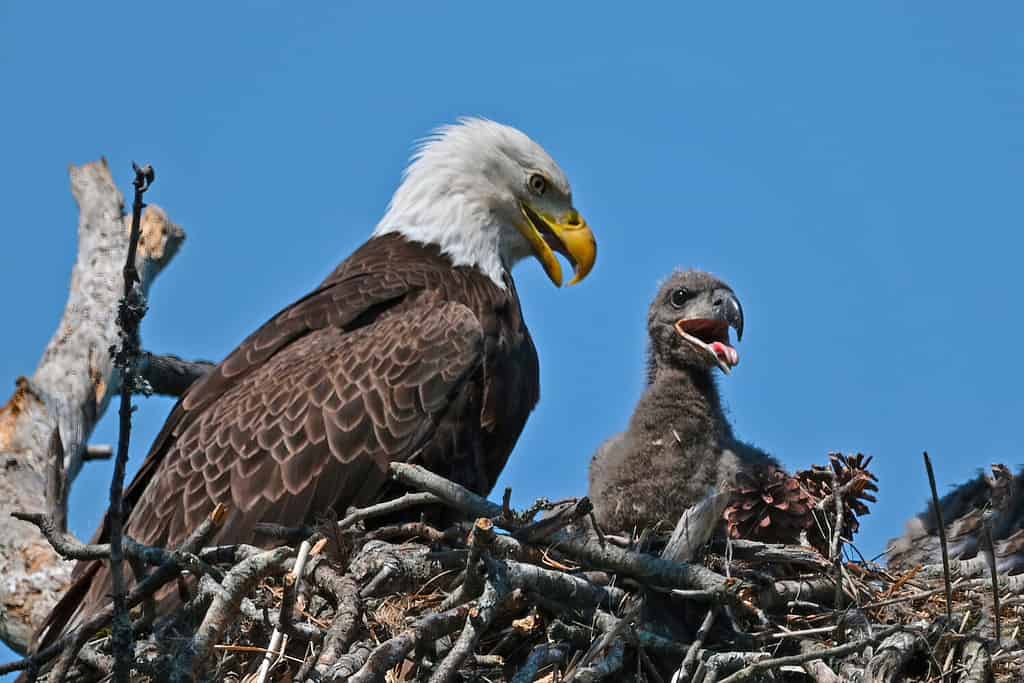
These birds of prey aren’t necessarily dangerous unless their nest is threatened.
©Brian E Kushner/Shutterstock.com
Bald eagles are best known for their striking white heads and tail feathers. They’re also iconic symbols of the United States despite only being present in a few states. They feed primarily on fish, waterfowl, and carrion, though they are opportunistic and will eat just about anything they can get their claws on.
They have very large talons and beaks, which help them catch and consume prey. While they are inherently dangerous to humans, they can be defensive if they are nesting or corned. Therefore, it’s very important that you keep a safe distance. Don’t go around trying to peek in any nests!
It is crucial to note that bald eagles are protected by both federal and state laws, including the Bald and Golden Eagle Protection Act and the Migratory Bird Treaty Act. Disturbing or harming them can result in severe legal consequences.
2. Osprey
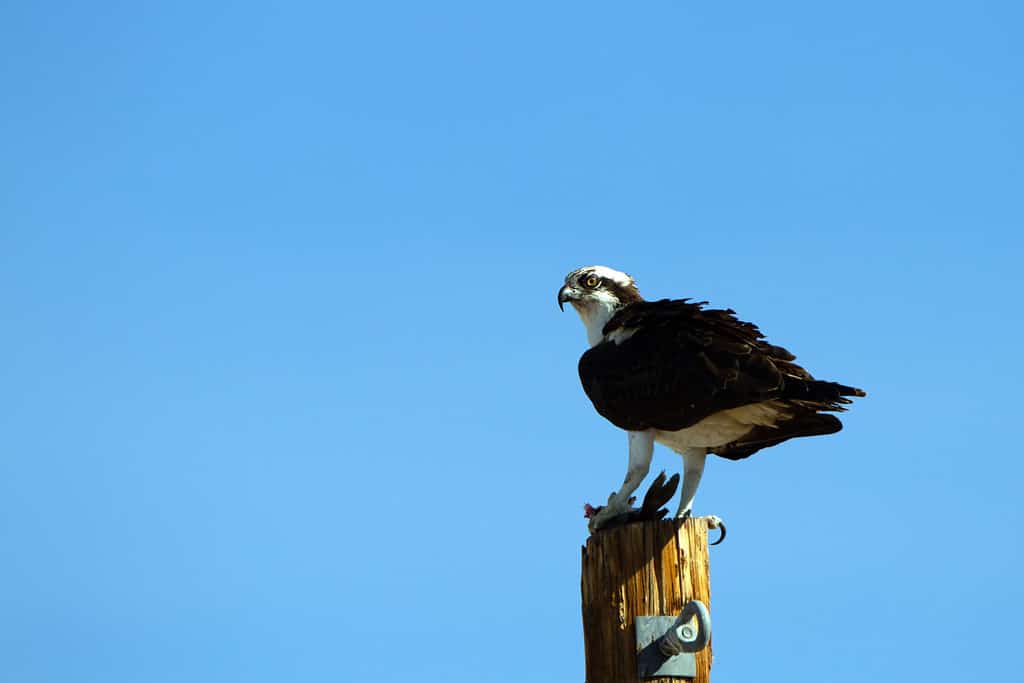
Known for their fishing abilities, these birds are mostly found near water.
©Martha Marks/Shutterstock.com
Osprey are known for their remarkable fishing abilities. Therefore, they are often found above or around bodies of water. They have dark eye stripes and a white head, making them easy to identify.
When hunting, they hover above the water and dive feet-first to catch fish. Luckily, these powerful talons don’t usually pose a threat to humans. However, they can become protective of their nests and may defend them if approached too closely.
Like with all birds, it’s important to observe them from a respectful distance.
3. Red-tailed Hawk
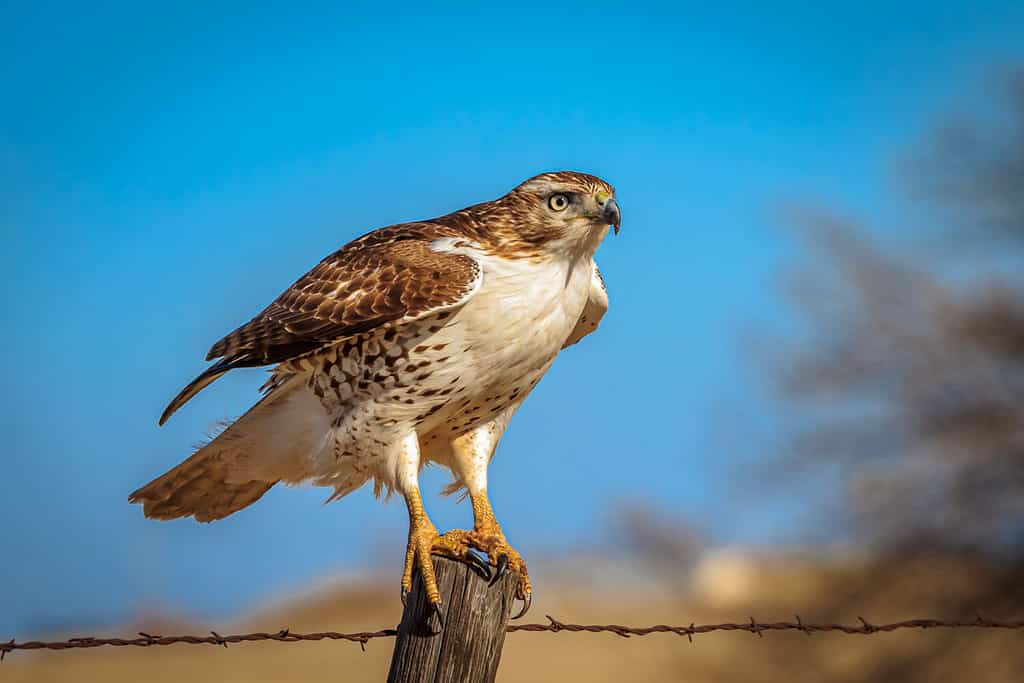
As one of the most common birds of prey in the United States, you’ll probably see one of these at some point.
©Richard G Smith/Shutterstock.com
Red-tailed hawks are one of North America’s most widespread raptors, and they are easily recognizable due to their prominent reddish-brown tails. You may see them perched on utility poles or soaring gracefully in the sky.
These hawks are carnivorous, preying on small mammals, birds, and occasionally reptiles. While they mostly consume rodents, they are opportunistic and will eat anything small enough that they can catch.
While red-tailed hawks are not typically considered dangerous to humans, they may become defensive if they feel threatened or if their nests are approached.
4. Peregrine Falcon

Peregrine falcons are usually good at landing!
©Harry Collins Photography/Shutterstock.com
You may recognize peregrine falcons for their incredible speed and agility. They’re one of the fastest animals globally, reaching speeds of over 240 mph in a dive. They have distinctive black markings on their faces and wings, but these are hard to see when they are moving exceedingly fast.
Peregrine falcons primarily hunt other birds, striking them in mid-air. Their high-speed hunting behavior may pose a danger to birds in flight, but they do not threaten humans usually. While they do move fast, these birds rarely strike humans, accidentally or otherwise.
These birds have remarkably recovered from endangerment, nesting on tall buildings in urban areas.
5. Great Horned Owls

These owls are capable of turning their heads totally around to look over their back.
©cindylindowphotography/Shutterstock.com
Great horned owls are one of the biggest owl species in North America. They have tufted “horns” on their heads, hence their name. (Of course, these aren’t actual horns.) These owls have excellent night vision and acute hearing, allowing them to locate prey in complete darkness. They primarily hunt mammals, birds, and occasionally large insects.
Like most owls, they are primarily active at night.
These owls are not dangerous to humans if left undisturbed. However, they may defend their nest if it is approached too closely. They may also become dangerous when cornered. They are exceptionally large animals with very sharp talons, so it’s important to respect their space.
6. Turkey Vulture
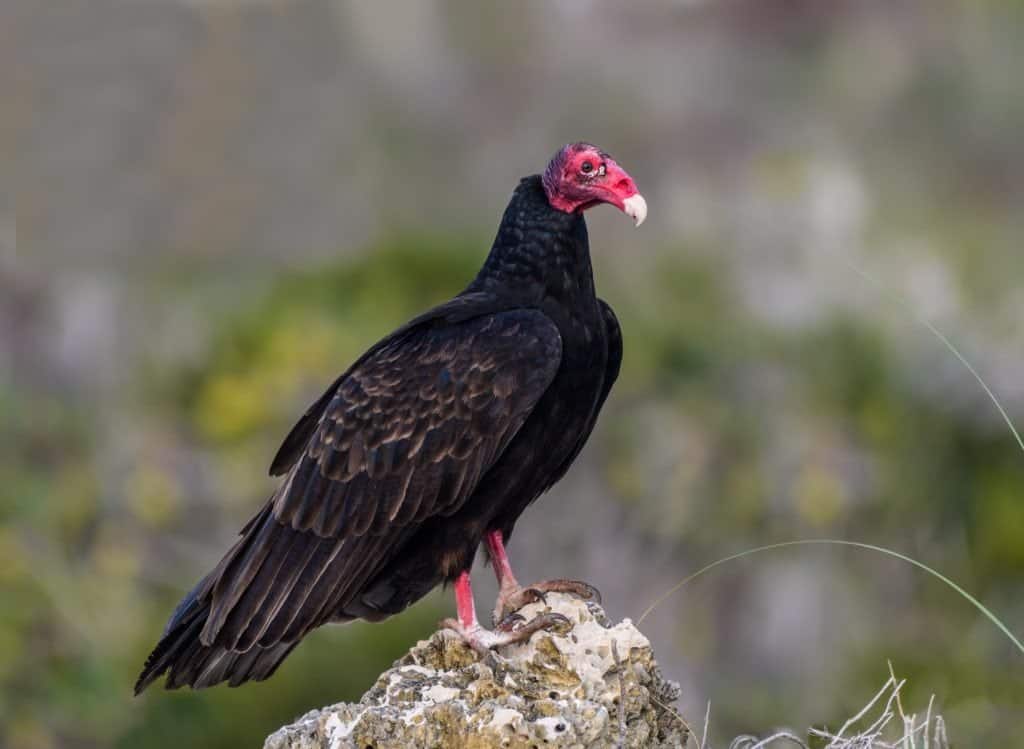
These birds have bald heads to prevent carrion from getting stuck to their head feathers.
©FotoRequest/Shutterstock.com
These vultures are exceptionally impressive scavengers. They are often seen soaring high in the sky as they search for carrion. You can recognize them mostly because of their red heads (which are bald), long wings, and distinctive v-shaped posture during flight. They may not be the prettiest birds, but they play an important role in cleaning up carrion and organic matter.
While these birds aren’t direct threats to humans, they do have a survival tactic that you probably want to avoid. When threatened, they will vomit up their most recent meal. Their stomach acid is extra-acidic to prevent them from catching diseases.
Extra-acidic, partially-digested carrion is probably the last thing you want to come into contact with.
7. European Starlings
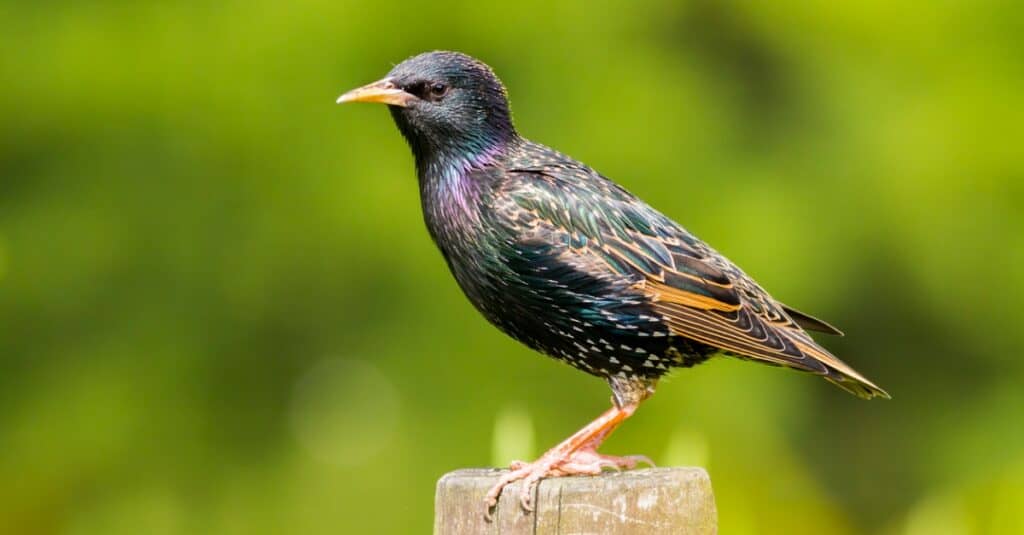
European starlings have glossy, iridescent feathers.
©iStock.com/chris2766
These medium-sized songbirds may not seem like much of a threat. However, they are known for their extreme flocking behavior, with hundreds of birds gathering together at once. They can be a nuisance and spread diseases through their droppings. Furthermore, diseases may spread quickly through a large flock of birds.
Luckily, many of these diseases are not a threat to humans. However, they absolutely can be in some cases.
These birds are not native to North America. This has led to them outcompeting several native species, and they are often considered a threat to many local ecosystems. However, efforts to eliminate them have also proven to be largely unhelpful. They’re exceptionally adaptable, allowing them to live just about anywhere.
8. Canada Geese

Usually, these birds are only aggressive during mating season.
©Richard Hadfield/Shutterstock.com
Canada geese are characterized by their black necks and white cheek patches. They are often seen in parks, golf courses, and other open areas. Because they are large, they need quite a bit of room to spread out.
During the breeding season, these birds can be territorial. They may display behaviors like hissing, chasing, and biting. These birds aren’t inherently dangerous, but it’s important to maintain a safe distance. They can’t cause severe injuries in many cases, but that doesn’t mean they won’t try!
9. Yellow Jackets
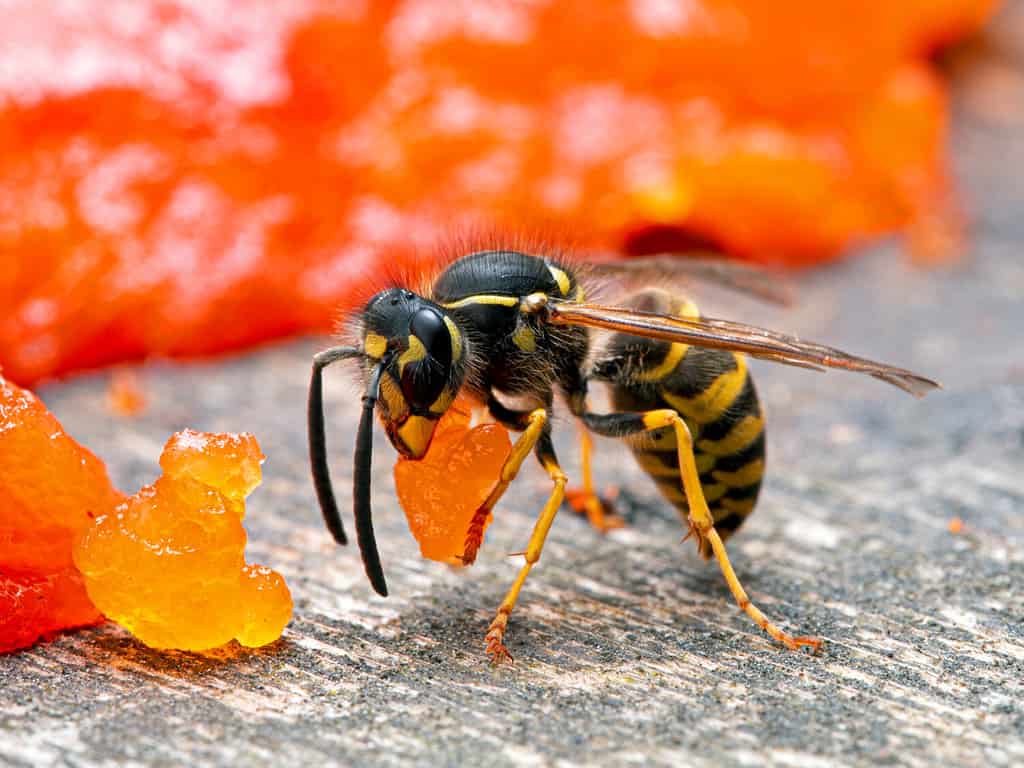
These wasps are one of the more aggressive stinging insects.
©Ernie Cooper/Shutterstock.com
Yellow jackets are aggressive wasps that are found throughout Maryland. They are known for being particularly bold and can deliver painful stings several times in a row. Therefore, they are a bit more dangerous than other wasps.
They also built their nests on the ground, so their nests may be harder to spot than other wasp species. They can also build colonies in wall voids, attics, and sheds.
Yellow jackets are highly protective of their nests and can become aggressive if they perceive a threat, making them a potential hazard, especially during outdoor activities. Their stings can cause intense pain and, in some cases, allergic reactions, which may require immediate medical attention.
10. Hornets
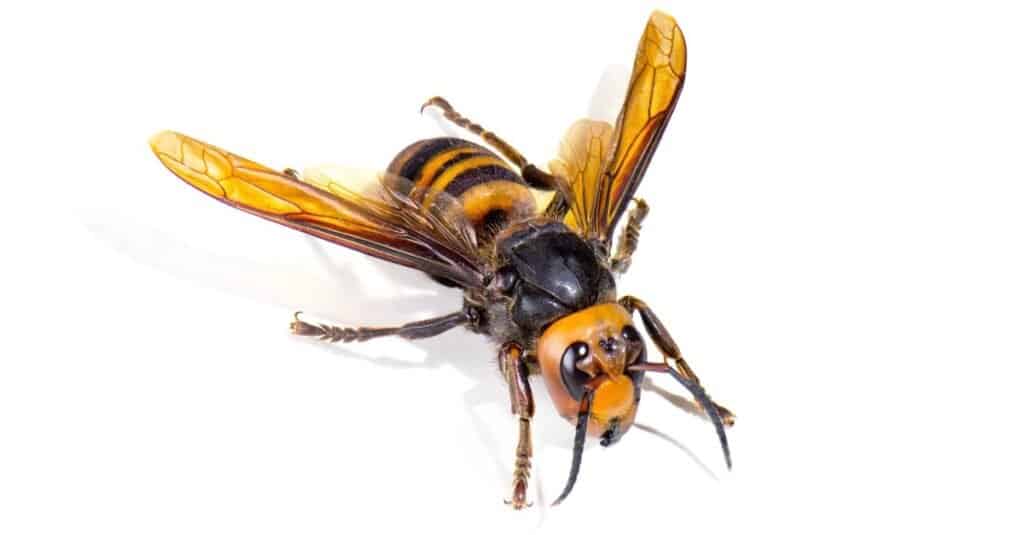
While most Hornets are about an inch long, the
Asian Giant Hornet
, the world’s largest hornet, can grow to double that.
©iStock.com/kojihirano
Hornets are formidable wasps, and some species are particularly large. All species can deliver potent stings (pretty much). These are more aggressive than most types of wasps, which makes them more dangerous.
They are defensive insects that will protect their nest by stinging several times. Therefore, it’s important to be cautious around these stinging insects. Individuals who are allergic should be extra cautious, as their stings can cause severe reactions.
11. Paper Wasps
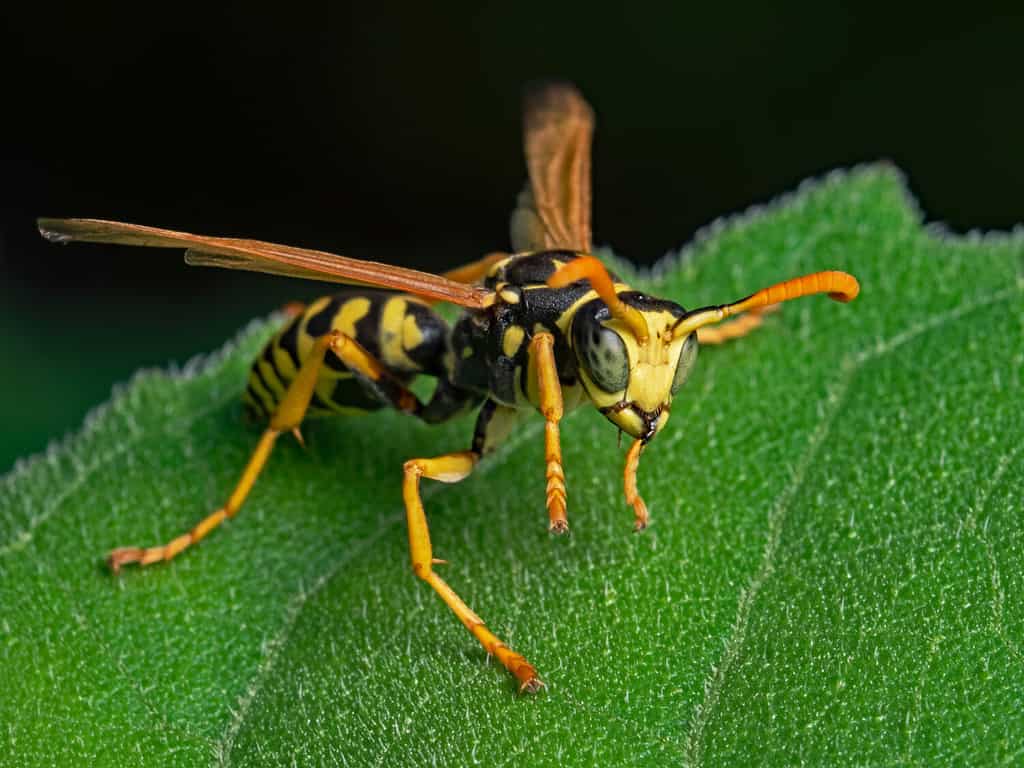
The European paper wasp is a social species with a queen, female workers, and male drones.
©scubaluna/Shutterstock.com
Paper wasps are another social wasp. They get their name due to the construction of their nests, which they make out of a paper-like material. They’re usually found on eaves, tree branches, and shrubs. They’re less aggressive than hornets or yellow jackets. However, they can still deliver powerful stings if provoked.
Paper wasps are more docile when left alone, so you don’t need to be quite as cautious. However, you should still avoid hanging out near their nests when possible.
These wasps play a role in controlling other insect populations by preying on caterpillars and other pests, making them beneficial in some ways.
12. Bees

Because they can cause allergic reactions, bee stings can be dangerous.
©IHOR SULYATYTSKYY/Shutterstock.com
Bees, including honeybees and bumblebees, are vital pollinators in Maryland’s ecosystem. While they are generally not aggressive, they can sting if they feel threatened or if their nest is disturbed.
Bee stings can be painful. However, they aren’t dangerous for most individuals. There is a subset of humans that are allergic to bee stings, though. For these individuals, the stings can potentially be life-threatening.
However, it’s important to remember that bees play an important role in the ecosystem. They pollinate many plants – some of which provide food for humans. Therefore, you should attempt to coexist with them whenever possible.
13. Mosquitoes
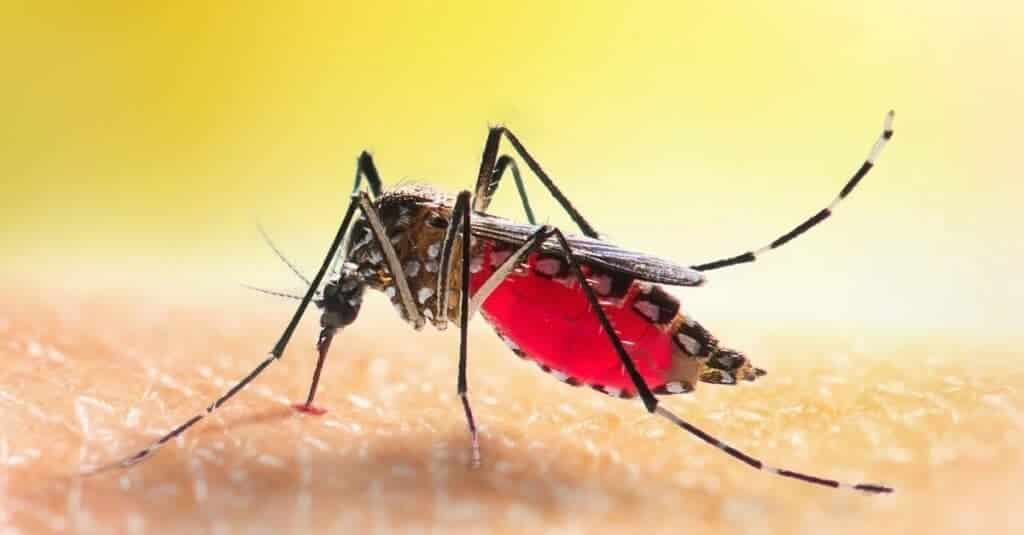
These insects can transmit diseases, which is why they are dangerous.
©iStock.com/panom
Out of all the animals that fly around Maryland, mosquitoes are probably one of the most dangerous. They are an extremely common insect in Maryland, especially in the warmer months. Their bites are a nuisance, but they can also transmit harmful diseases.
For instance, they can transmit West Nile virus and Eastern equine encephalitis. Therefore, they are dangerous, too.
We recommend using preventative measures during the warmer months to avoid bites whenever possible. Using mosquito repellent, wearing protective clothing, and eliminating standing water breeding sites can all be incredibly helpful.
The state also invests in several mosquito control programs, which can help eliminate the population in your area.
14. Horse Flies
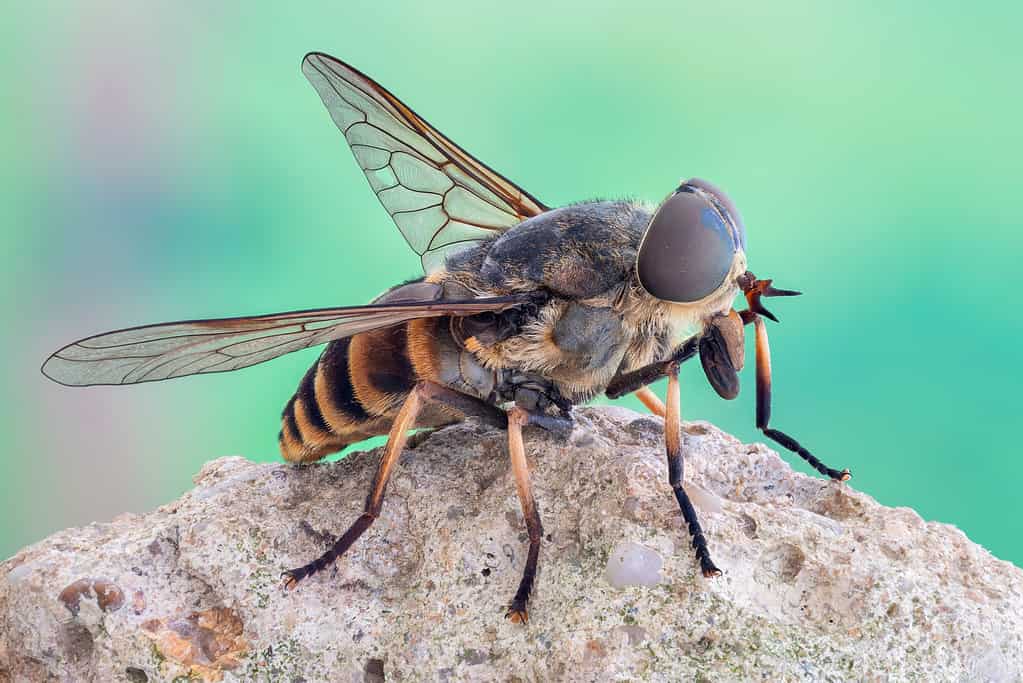
These flies commonly bite people, but they may also bite humans.
©iStock.com/guraydere
Horse flies are large, robust flies known for their painful bites, which can be a nuisance to both humans and animals. Their bites are characterized by sharp, scissor-like mouthparts that cut into the skin to obtain blood.
Luckily, these bugs do not transmit diseases like mosquitos. However, their bites are often much more painful than mosquitos, leading to itching. They can also lead to allergic reactions in some individuals.
These bugs are mostly found near bodies of water. Therefore, if you’re in an area with lots of water (like around a lake), use repellents to prevent bites.
15. Sand Flies
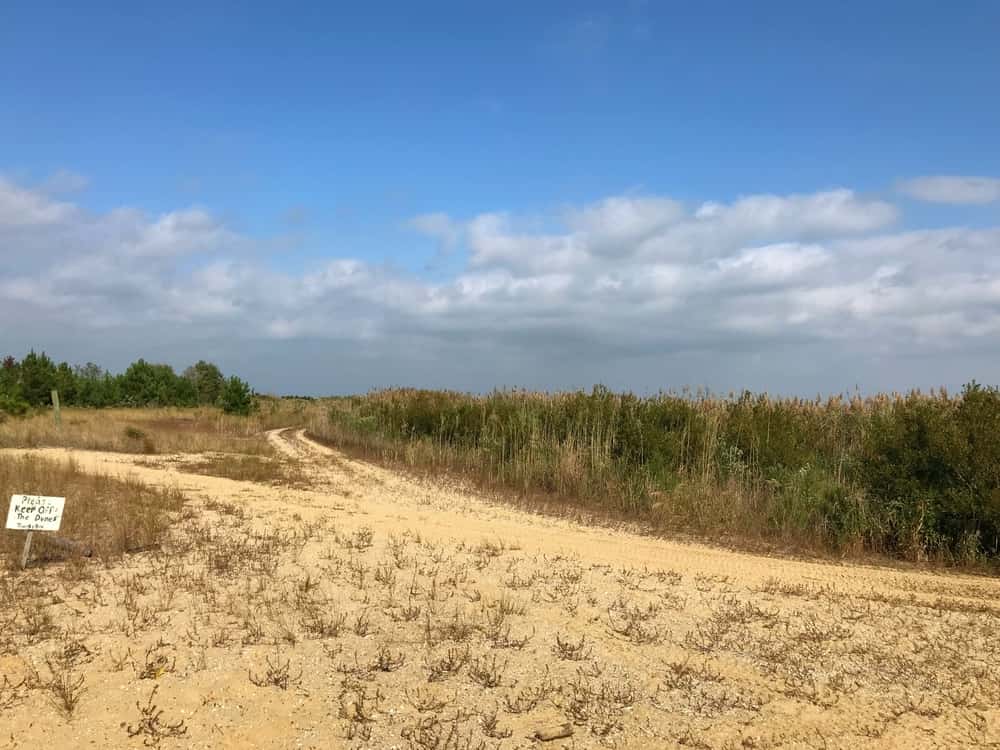
Maryland beaches can be a common place for sand flies.
©Yvonne Navalaney/Shutterstock.com
Sand flies aren’t as common in Maryland as in some other states. However, they can still exist wherever sandy areas are found. As a coastal state, you can find sandflies in the area.
These tiny insects can transmit diseases like leishmaniasis. Therefore, not only are they annoying, but they are also dangerous.
They are most active during the evening and night hours when it is cooler. Anytime you’re in a sandy area during this time of day, it’s important to wear protective clothing and use insect repellent. These can reduce the chance of sandfly bites and disease transmission.
Summary of Most Dangerous Animals in the State’s Skies
| Number | Animal |
|---|---|
| 1 | Bald Eagle |
| 2 | Osprey |
| 3 | Red-tailed Hawk |
| 4 | Peregrine Falcon |
| 5 | Great Horned Owl |
| 6 | Turkey Vulture |
| 7 | European Starling |
| 8 | Canada Geese |
| 9 | Yellow Jackets |
| 10 | Hornets |
| 11 | Paper Wasps |
| 12 | Bees |
| 13 | Mosquitoes |
| 14 | Horse Flies |
| 15 | Sand Flies |
The photo featured at the top of this post is © Tara Ballard/Shutterstock.com
Thank you for reading! Have some feedback for us? Contact the AZ Animals editorial team.







